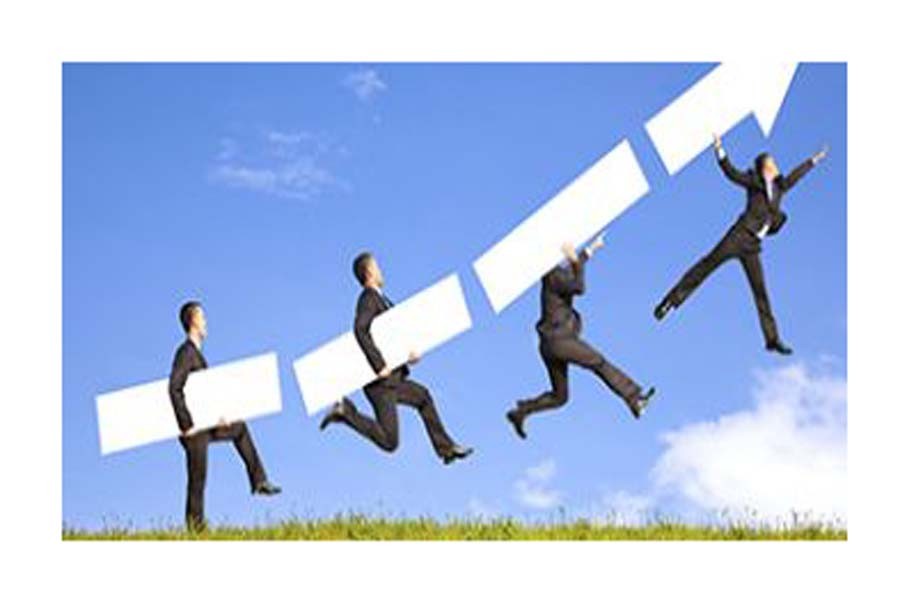A vast middle-class society has developed in the country during the last two decades when economic growth has averaged over 6.0 per cent a year and the service sector experienced a boom. This has been possible because of economic resilience which is a contribution of enterprising and hardworking people.
Two million Bangladeshis are joining the rank of middle and affluent class (MAC) a year, according to Boston Consulting Group (BCG), a global management consulting firm. By the year 2025, the number of MAC is expected to triple to about 34 million from around 12 million at present.
Another study conducted by the Bangladesh Institute of Development Studies (BIDS) says one-fourth, or 25 per cent, of the total population will belong to the middle-class income category by 2025, due to greater access to education, finance and IT services, and private sector employment. At present, 20 per cent of the population belongs to the middle-income category.
Access to post-secondary education, especially English education, high salaried jobs in the private sector, digital divide, access to financial saving and credit instruments, access to international migration and initial land or flat ownership distinguish the middle class from the poor.
According to a World Bank assessment, one fifth of the country's population is said to be the middle-income group that is growing. The assessment noted that the growing consumption by the group helped the country to achieve a 6.0 per cent plus growth in the last one decade.
In fact, the growth of the middle class is reported to be phenomenal in the country. A recent study on 'Faltering middle class aspirations in Bangladesh' observes that a growing number of Bangladeshis have been able to achieve a middle class consumer lifestyle over the years, driving the foreign direct investment (FDI) in the consumer goods market.
Expansion in services, especially the retail, financial and public administration sectors, is responsible for the growth of middle class. The sectors grew between 8.0 per cent and 13 per cent compared to that of the growth in agriculture, leading to the creation of more jobs for the middle class.
The socio-economic changes that broadly explain the emergence of the middle class are increasing incomes, urbanisation, white-collar occupations, fuelling demand for consumer products and services. Government policies and the nature and level of spending have also otherwise influenced the pace of the middle class's creation.
Besides, house rent, cost of education and medical treatment and transport charges also saw a steady rise while the income of these groups remained static, making it harder for them to make ends meet. A large section of them are showing signs of being incapable of dealing with the continued price hike of essential commodities.
The middle-class people want to lead their life with dignity and that is why they give importance to housing and education first and then go for food, medical treatment and transportation. After spending the lion's share of their income on these, many of them are unable to meet their food and other expenses with the amount left. This problem needs to be addressed.
The country's middle class is a good component for inclusive growth. The nations with higher middle-class density are able to reduce poverty faster than those with lower density. The growth of middle class has been driven by human capital accumulation and property price appreciation. Human capital accumulation means more people now possess post-secondary or higher levels of education.
If the present trend continues, the middle-class will comprise one-third, or 33 per cent, of the national population by 2030. The middle class will then be the driving force behind the country's economic development. Strengthening these people will help promote sustainable development.


